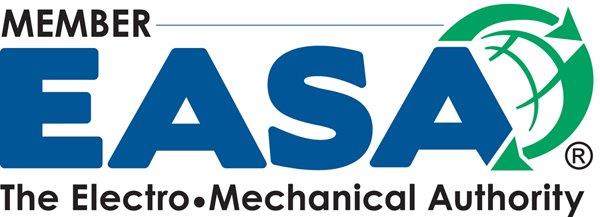High-voltage motors are crucial components in various industrial applications, providing power to drive heavy machinery and equipment. However, these motors are susceptible to partial discharge—a phenomenon that can lead to insulation degradation, reduced efficiency, and even catastrophic failure if left undetected. Detecting partial discharge early is essential to prevent costly downtime and ensure the reliability of the motor. In this blog post, we will explore some of the techniques used to detect partial discharge in high-voltage motors.
1. Partial Discharge Basics
Partial discharge is a localized breakdown of insulation in a high-voltage system, usually caused by imperfections, voids, or contaminants in the insulation material. When partial discharge occurs, it generates pulses of energy that can be detected and analyzed to assess the condition of the insulation system.
2. Partial Discharge Measurement
One of the common techniques for detecting partial discharge is through the use of partial discharge measurement instruments. These instruments capture the electrical signals generated by partial discharge events and provide valuable data on the severity and location of the discharge. By analyzing these signals, technicians can assess the insulation condition and determine if any corrective actions are necessary.
3. Ultrasonic Detection
Ultrasonic detection is another effective method for identifying partial discharge in high-voltage motors. Ultrasonic sensors are used to detect the high-frequency sound waves produced by partial discharge events. By monitoring these ultrasonic emissions, technicians can pinpoint the location of the discharge and assess its severity. Ultrasonic detection is non-intrusive and can be performed while the motor is in operation, making it a valuable tool for preventive maintenance.
4. Thermal Imaging
Thermal imaging cameras can also be used to detect partial discharge in high-voltage motors. Partial discharge events generate heat, which can be captured by thermal imaging cameras as abnormal temperature patterns. By scanning the motor with a thermal camera, technicians can identify hotspots associated with partial discharge and take corrective actions to prevent further damage.
5. Insulation Resistance Testing
Insulation resistance testing is a fundamental diagnostic tool for assessing the insulation condition of high-voltage motors. By measuring the resistance of the insulation material, technicians can identify any degradation or contamination that may lead to partial discharge. Regular insulation resistance testing can help detect early signs of insulation breakdown and prevent potential failures.
6. Online Monitoring Systems
Online monitoring systems provide continuous real-time monitoring of high-voltage motors for partial discharge events. These systems use sensors and data acquisition units to capture and analyze electrical signals, vibration patterns, and other parameters associated with partial discharge. By implementing an online monitoring system, operators can detect partial discharge early, track its progression, and schedule maintenance proactively.
Effective detection of partial discharge is essential for ensuring the reliability and longevity of high-voltage motors. By utilizing a combination of measurement techniques, including partial discharge measurement, ultrasonic detection, thermal imaging, insulation resistance testing, and online monitoring systems, operators can identify and mitigate partial discharge risks before they escalate into critical failures.
For professional motor repair, maintenance, and diagnostic services, contact The Pump & Motor Works, Inc. Our team of experts is equipped to handle all your high-voltage motor needs and ensure optimal performance and reliability. Don’t wait until it’s too late—schedule a consultation with us today.



